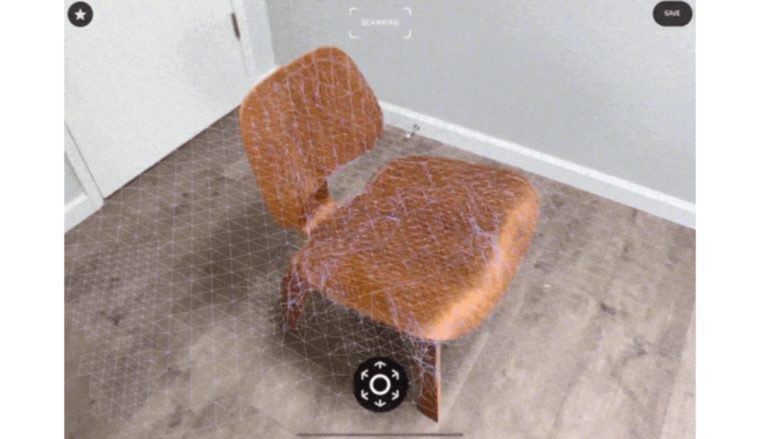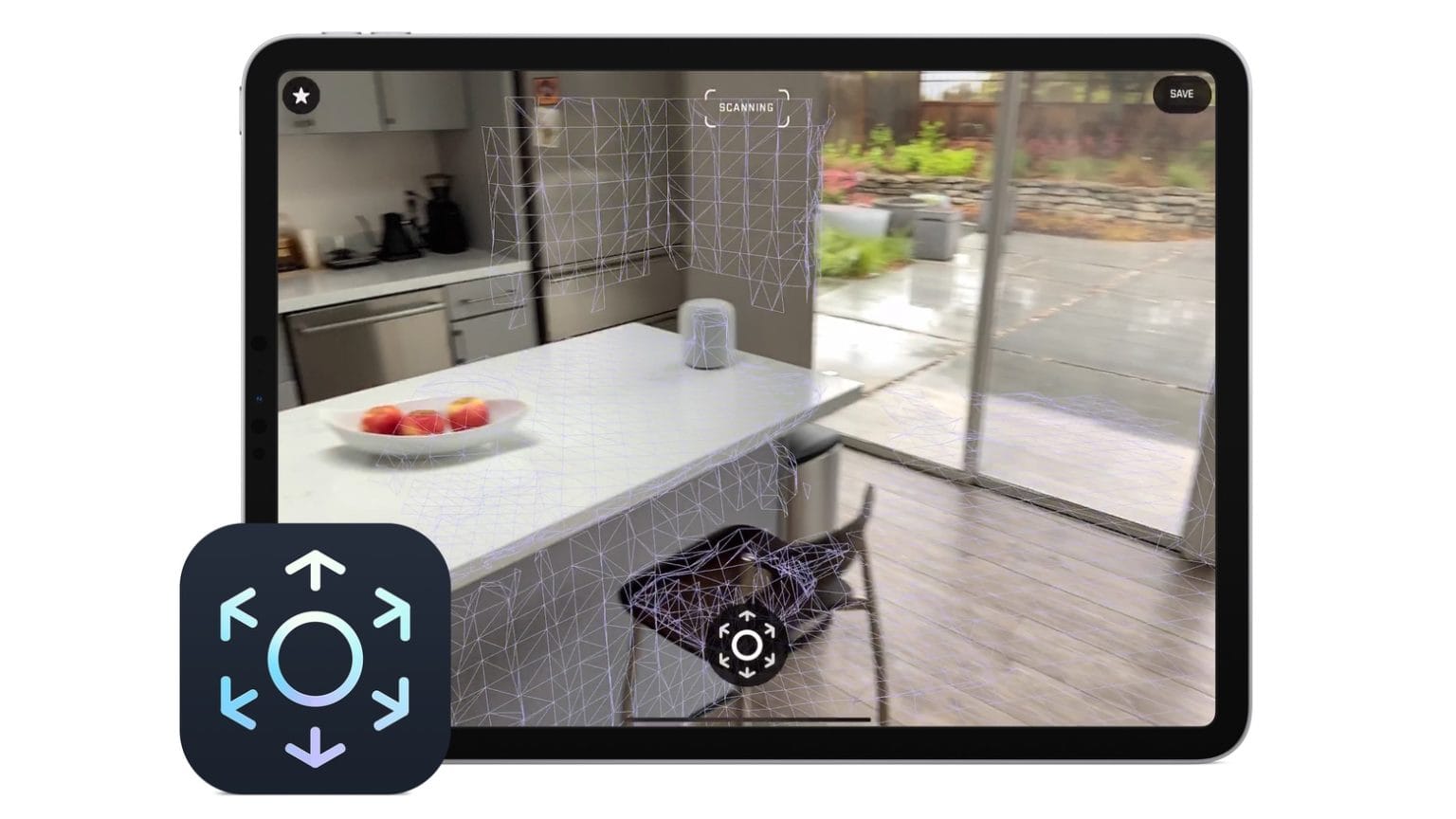The 3D scanner built into the 2020 iPad Pro is intended for augmented-reality applications. Tests by the developers of the Halide camera app found that LiDAR built into this new tablet is well-suited for scanning furniture-size objects, but not anything smaller.
LiDAR scanner in the 2020 iPad Pro is great for AR
A marquee feature of the iPad Pro that debuted March 2020 is a LiDAR scanner. This shoots invisible infrared lasers over the entire area in front of of the user, creating a 3D map.
Sebastiaan De With, a co-founder of Lux Optics, maker of Halide, and his team did some in-depth testing of the tablet’s scanner. That included making “a reality-capture proof of concept app called Esper to showcase the abilities of the LIDAR sensor in the new iPad Pro,” according to a blog post by De With.
He went on to give a brief demo of Esper on Twitter.
People asked how much better Portrait mode could be with LIDAR. That's the wrong question.
The question is, how well can it capture your house in 3D and then project it in AR so you can walk through it? Pretty well, it turns out.
21st century photography is wild. pic.twitter.com/8HuNf4TKxE
— Sebastiaan de With (@sdw) April 15, 2020
The capacities of this software are limited because Apple doesn’t give developers access to the data coming from the LiDAR scanner. “There are no APIs for us as developers to use to get access to the underlying depth data. They only expose the processed 3D surface,” notes De With.
3D object scanning has limits
Some people into 3D printing have wondered how detailed are the 3D maps created by the LiDAR scanner in the 2020 iPad Pro. They’re hoping to use it to scan small objects to be printed later.
Unfortunately, tests by Lux Optics show this scanner would be of limited use. “The smallest ‘resolution’ we found this to be feasible in is about furniture-size,” said De With.
He used this scan of a chair as an example. “If you look at Ben’s chair scan, you’ll see that the surface is rough, and it has trouble with details like chair legs,” pointed out De With.

Photo: Sebastiaan De With/Lux Optics
But he points out that such a scan would be a good starting point to built a 3D model.
More than just iPad users should be interested — the 2020 iPhone Pro models coming this fall are widely expected to also include LiDAR scanners.


